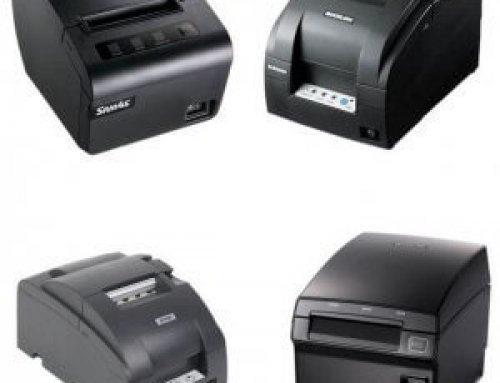We have recently had several requests for assistance after customers have connected to the National Broadband Network (NBN). After connection the NBN is functioning fine but they did not realise that any additional handsets that they had previously connected to the building wall sockets would be inoperable.
Why is this?
Once the NBN is connected, you telephone service is converted to a Voice Over IP (VOIP) system. You then need connect your handsets to the provided “Phone 1”, “Phone 2” or “UNI-V” ports on the modem. You cannot get service connecting directly to the wall socket as it is provided digitally through the modem. Connecting to the wall socket will just give a long beeping tone and no dial tone.
To rectify this situation there are several solutions available. The first “do-it-yourself” solution is to purchase a wireless telephone system with the required number of handsets. For one of our customers this was not an option as they had devices such as an emergency medical alert telephone, a ruggedized waterproof handset and a standard handset all connected at the premises.
The second solution is to have the wiring in the building reconfigured to allow the analogue telephone signal to be injected back into the standard cabling. This allows ordinary analogue telephones to be connected to any point without further configuration. The cost of this varies do to the wide range construction types and actual number of sockets. This provides the most seamless solution and is cost effective.
A third option is to have all new cabling installed in the building. This can provide several benefits as the cabling installed may also be used for providing data connections for computers and the like. This is the most expensive solution but provides the best “future proofing” you can get.
You can contact our office on 07 54432744 and speak directly with a technician for further information and to discuss your options when connecting to the NBN.
Contact Us Form.



Leave A Comment
You must be logged in to post a comment.